Police cars, fire trucks and ambulances form a very special branch of sport in the car world. Especially because of their great 'social function'. They are the vehicles that appear as soon as there is trouble. You don't really want anything to do with it. But as soon as someone gets seriously injured, you're overjoyed with the vehicle. Fast and appropriate action is required. The car is an important part of this process. As early as 1907, the first two ambulances were put into use in the Netherlands. That's quite a long time ago.
Limited equipment
They weren't like today's ambulances, of course. The cars were solely intended to get people to the hospital quickly. The equipment of the ambulance was then very limited. A first aid kit, a stretcher, splints and sometimes an oxygen device. That was it. After the First World War, ambulances equipped for patient transport appeared on the road on a larger scale. When the number of accidents started to increase considerably after the Second World War because more and more and faster cars were driving around, the first ambulance services were set up. And the vehicle became more and more professional in terms of equipment.
Market leader in the ambulance segment
The world of ambulances is the domain of Mercedes and Volkswagen. You see a single stray Renault, Opel, Ford Transit or Iveco turn up, but that's not really much. Mercedes-Benz is the most common. Not surprisingly, its ambulance history goes back to before World War II. One of the first is in the Mercedes-Benz Museum in Stuttgart. Still without blue flashing lights and without siren. It was built in 1937 and with its inconspicuous gray paint, which was quite common at the time, it differs significantly from current versions. This ambulance does not yet have the visual and audible warning functions that have been available since the mid-20se century standard. In technical jargon, these are called the blue “flashing lights” and the “two-tone siren”. Instead, a simple Red Cross sign lights up above the windscreen during the work.
More than 'rearview mirror rescue'
The musical instrument manufacturer Hohner from Trossingen, Germany, once purchased this ambulance for the company's medical service. The basis is formed by the Mercedes-Benz 320 (W 142), which was thus presented in 1937. The car was equipped with a 57 kW/78 hp 3.2-liter six-cylinder engine. The equipment is quite complete for that time. As soon as you open the two side-hinged rear doors, you will find stretchers for two patients on the left side - one above the other. The lower stretcher can be removed quickly and with care. And just as quickly put back. This is because it rests on a trolley guided by a rail. The bench on the right is presumably for an attendant. Someone who is medically trained, of course. There is also a folding chair. All in all, the vehicle offers the right specifications for the so-called 'rear-view mirror rescue'. That term needs some explanation. Until the national introduction of the modern ambulance service, the paramedic also acted as a driver. So he kept an eye on the patient while driving through that large mirror.
Urgent medical care
86 years ago, in the event of an accident or other medical emergency, the focus was not on first aid on the scene. But on fast and reliable transport to a hospital or doctor's practice. And in any case, the ambulance already offered options for emergency treatment en route. What does that show with this Mercedes 320? There is a container for a cylindrical object, perhaps for a breathing gas cylinder. There is a kidney dish in a compartment in the bulkhead, which faces the driver.
Safety initiative
The current emergency service, with its now familiar organizational structures and special vehicles, was systematically built up in Germany (and the Netherlands) from the 70s. However, since the beginning of the 19th century, other types of organizations have existed. These included public, voluntary and private ambulance service providers, as well as companies with their own ambulance service. Since the 1890s, vehicles such as ambulances have been used with different types of propulsion systems. The internal combustion engine quickly gained the position of the best propulsion system.
The high-and-long principle
A term from the van world. The body of this ambulance from 1937 was built according to a patented system by Lueg in Bochum. It makes maximum use of height and length and is specially designed for transporting patients. The front corresponds to the original Mercedes-Benz 320 up to the windshield. Behind the driver's cabin is the cabin for patients and attendants. That room is heated. The rescuers have access through the double rear door and a side door behind the co-driver. This configuration proved its worth. Later in Mercedes' history, comparable "high-long" type ambulances were often built on a chassis basis. In keeping with tradition, that chassis came from the Mercedes-Benz E-Class with a long wheelbase.
Provide emergency assistance – quickly and reliably
Just like in the regular passenger and commercial vehicle world, the ambulance has undergone a gigantic transformation. Today it is almost a mobile operating room rather than a first aid vehicle. Technically, it's almost a miracle! But the mission of the ambulance has always remained the same: to provide emergency assistance – quickly and reliably!
This article was supported by Univé passenger accident insurance.
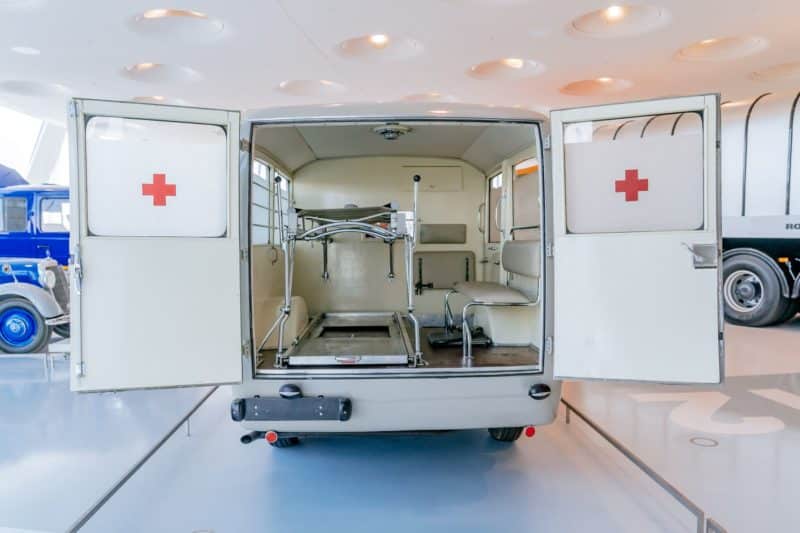

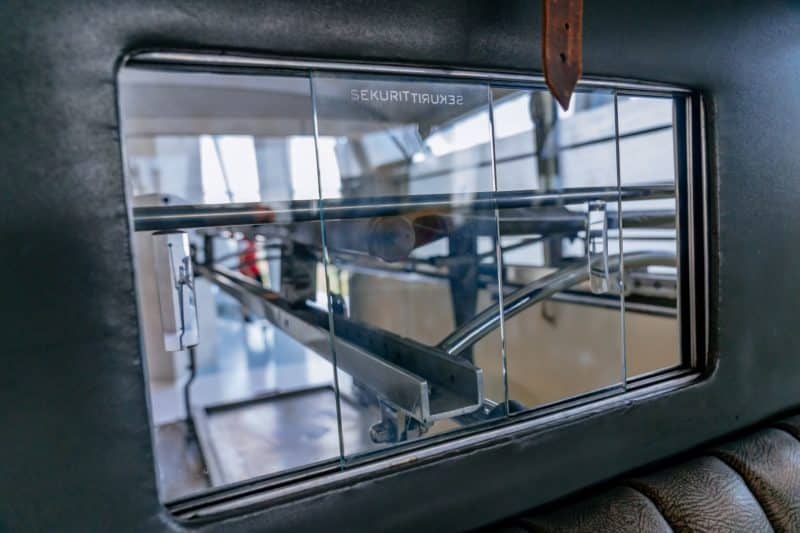
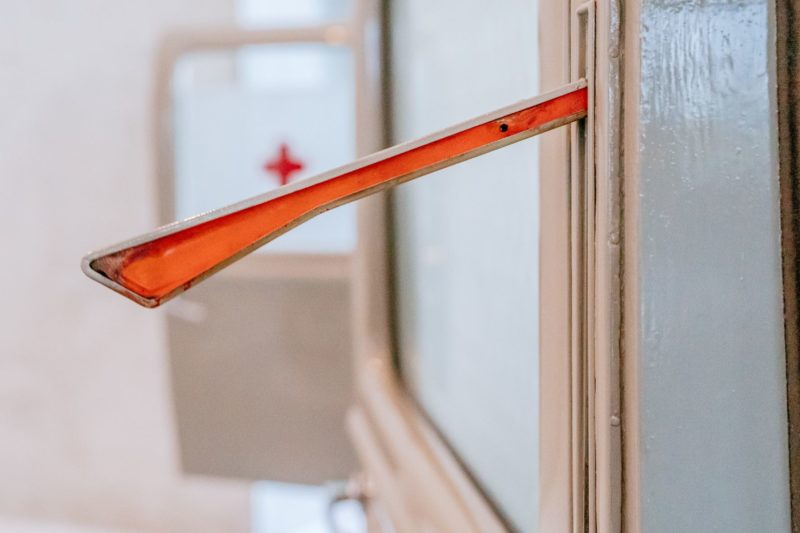
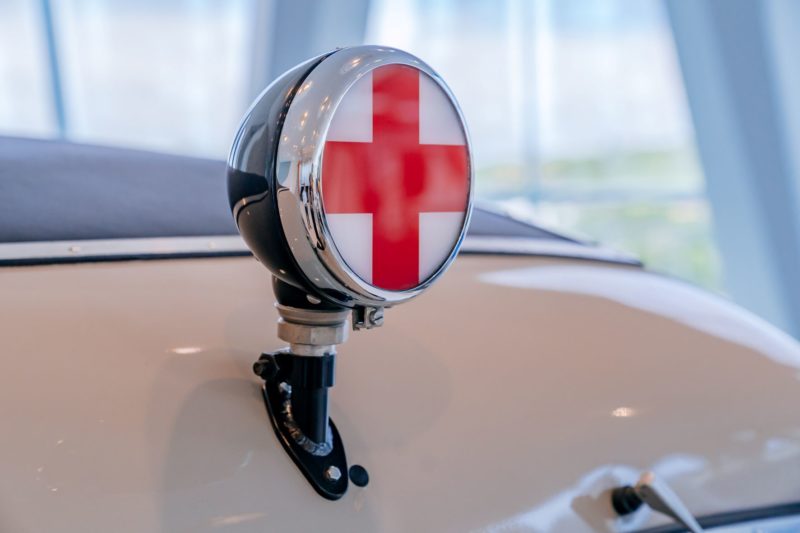
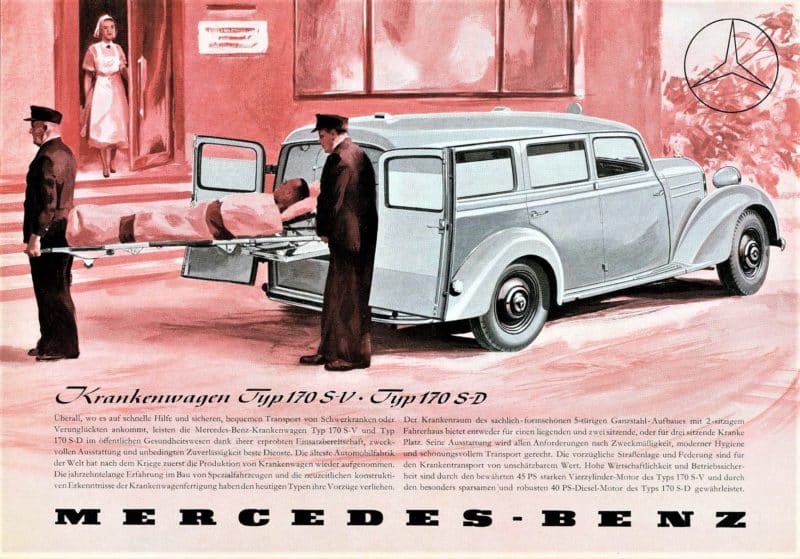

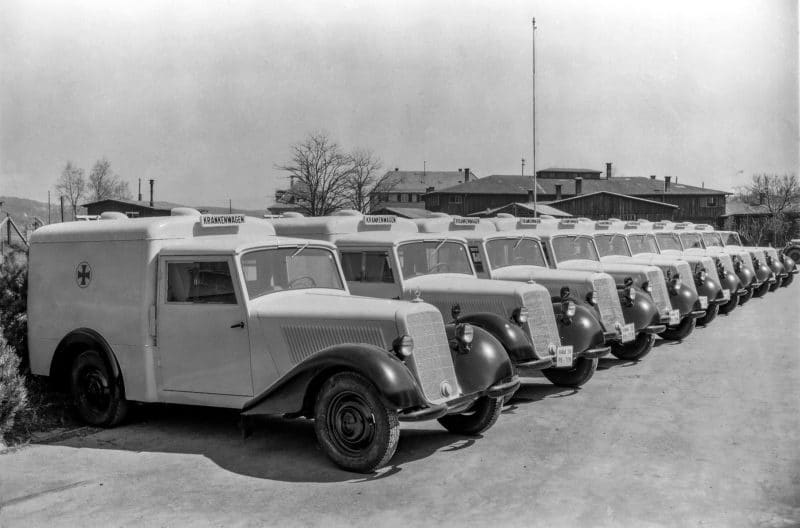
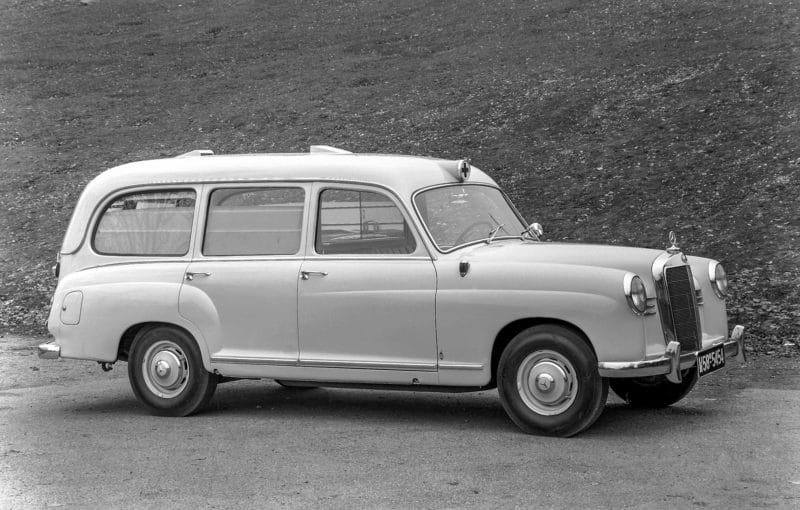

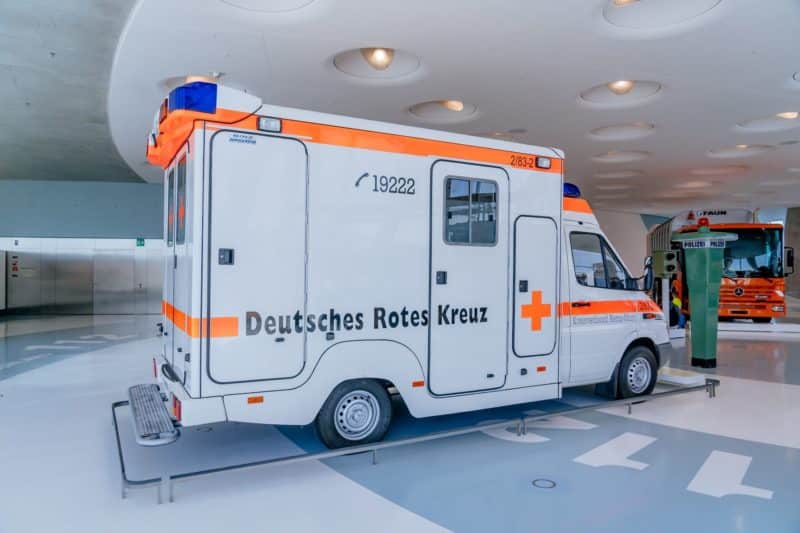
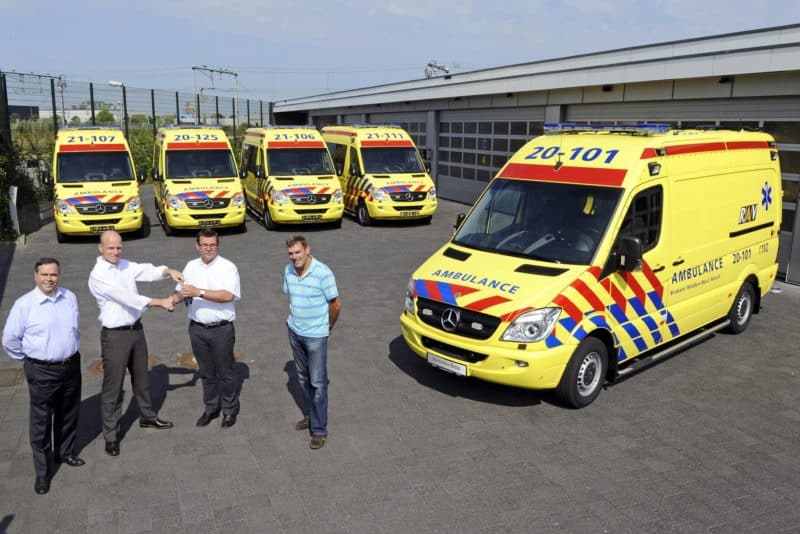
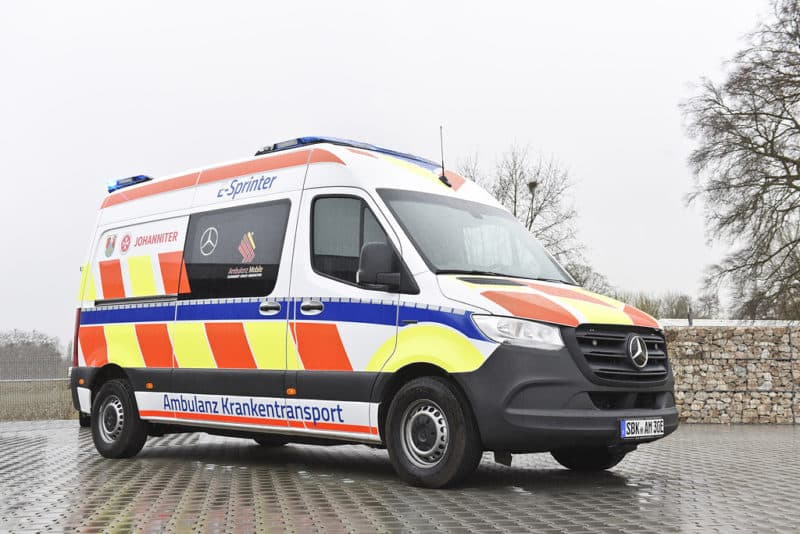

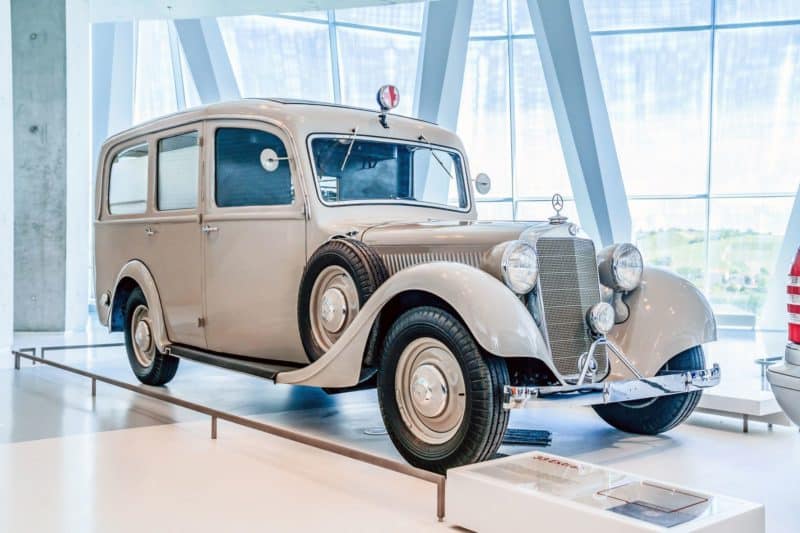

In 1980 I was a medic driver with the army in Assen. All soldiers who were nurses or medic drivers had to “voluntarily” work 14 days at the local ambulance station (Fa. De Vries). The first week only day shift, the second week also night shift. You then slept in a separate room on the barracks grounds and if you had to take action you were picked up. The driver just slept at home with the ambulance at the door. Everything was aimed at getting the patient to the hospital as quickly as possible.
Fa. De Vries imported the ambulances from the US and prepared them for the Dutch market. The ambulance was equipped with oxygen and an extensive first aid kit. I can't remember the details about that.
Another fun fact. Nowadays you also have a few ambulances that are only used for the transport of patients who have to be transported lying down. The equipment is minimal. You recognize them on the outside because the lights above the cabin are not blue, but white. You barely see the difference. I don't know if this version is still used today, ten years ago it was
A long time ago I lived in Overveen, almost next to a Marine Hospital. Not only Marines but also civilians could be nursed here.
This hospital had its own ambulance, a Ford Transit model 1953-1965. Later it was replaced by much more comfortable Peugeot J7
These cars drove fine also because of the soft suspension.
They were painted army green and had a number plate of the Royal Navy, so KM.
My father breathed his last and not too long after that the hospital closed to be demolished after a fierce fire.
The sound of these iconic Peugeots has also been silenced…
Beautiful story, beautiful car!
“The world of ambulances is the domain of Mercedes and Volkswagen.”
This then applies to the 'world' in the Netherlands. After the 70s and 80s, when the super comfortable Chevrolets were used extensively, Mercedes in particular has become the main supplier of ambulances. In the Netherlands. In other countries, even Germany, you see many more other brands, such as indeed Ford, Iveco and Renault. In France, the ambulance service is set up a bit differently, the vehicles are more general emergency vehicles, say ambulance and fire brigade in one, Renault Masters are often used for this. You also see a lot of Masters in the UK, but of course also Transits. In Italy, especially Iveco, which are also very good cars. And even these three brands are also common in… Germany.
In France Citroens. Often converted breaks, with a raised roof. Lightning fast and comfortable, but not really spacious inside. These are really cars to transport a patient to a hospital as quickly as possible.
These breaks are nowadays intended to transport patients lying down, because those people can no longer sit. These are ambulances as patient transport not specifically for accidents, for that there is the Samu (red cars) and they often drive Masters or similar large vehicles.
Many of those ambulances were built by the Visser company in Leeuwarden, one of the sons is setting up a museum of the ambulances built by them.
Nice model in the photo, unfortunately it has become too rare.